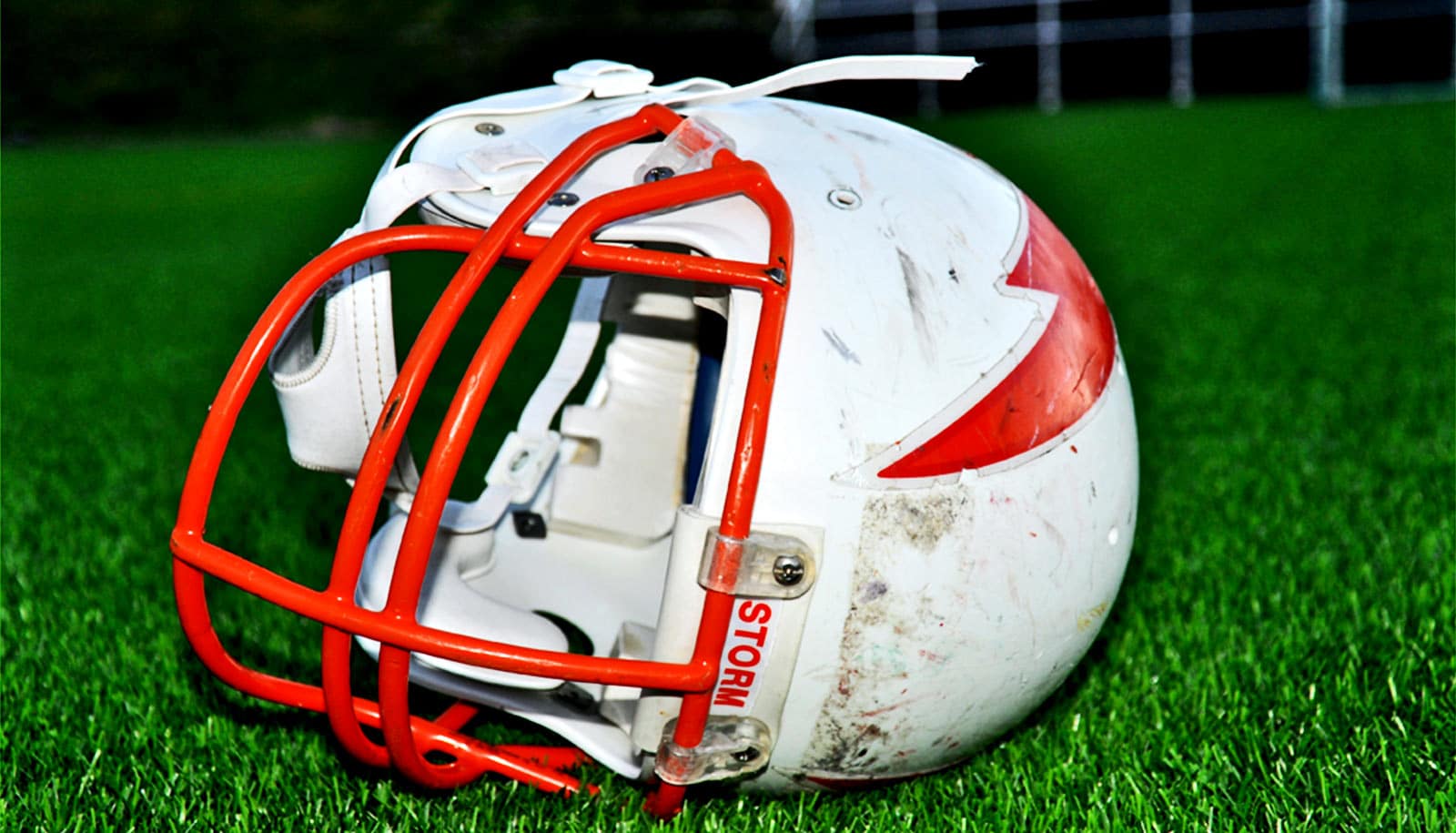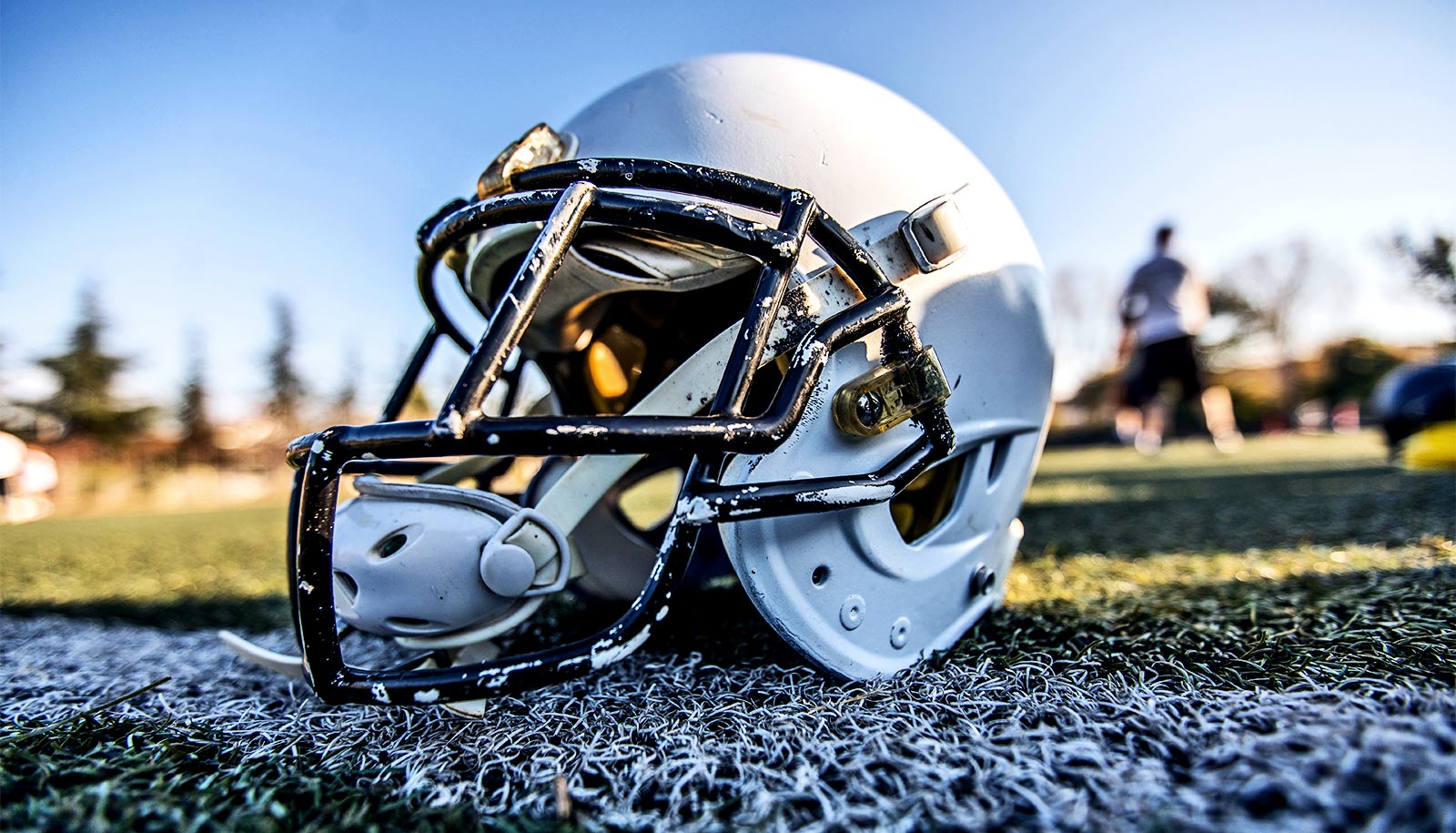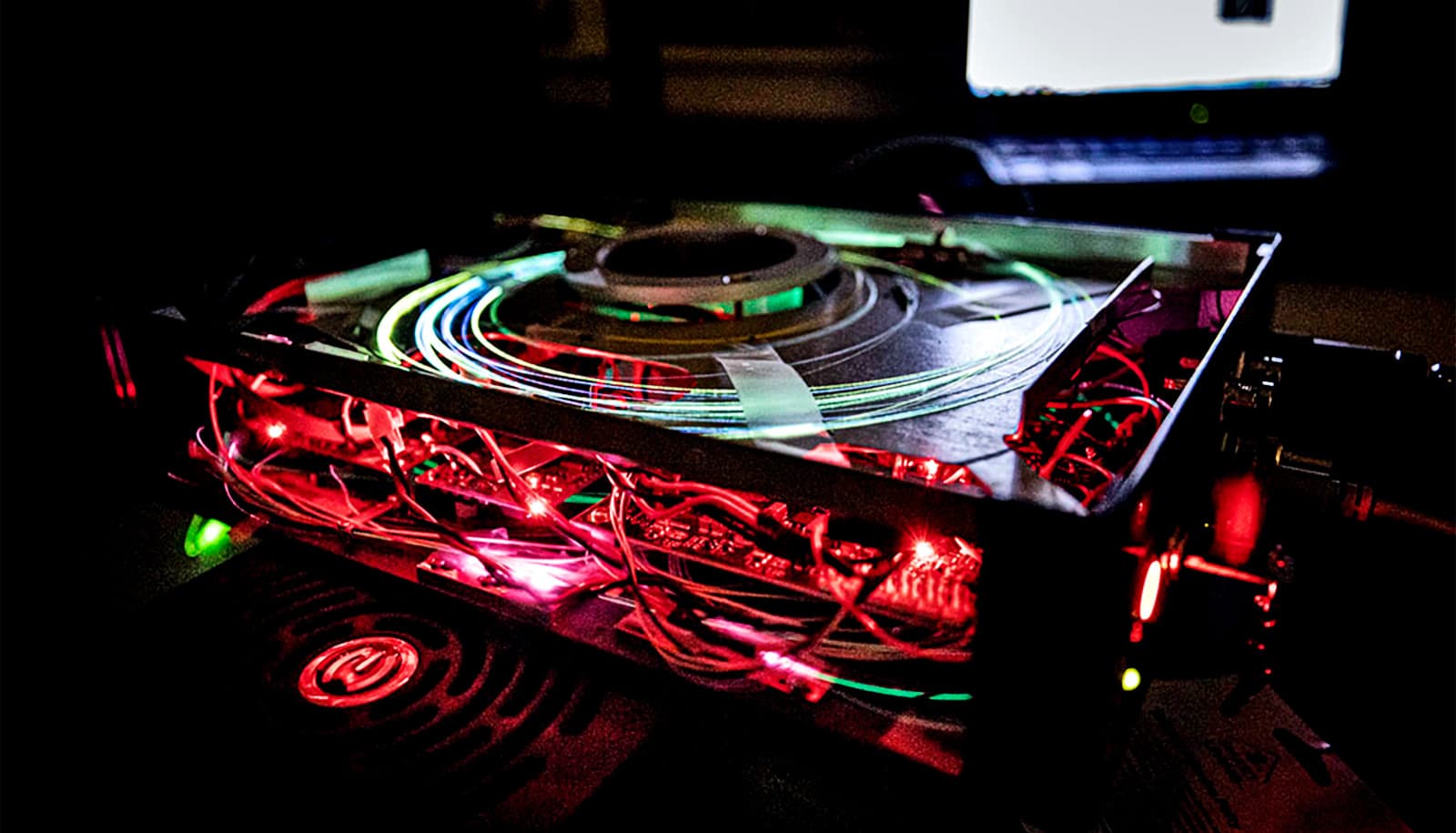Doctors may soon be able to more accurately diagnose concussions by measuring the number of certain molecules in a person’s saliva, according to new research.
The results of a recent clinical study confirmed that a patient’s spit may be used to aid concussion diagnosis in a non-invasive, non-biased fashion.
Researchers analyzed the saliva of more than 500 study participants for tiny strands of genetic material called micro ribonucleic acid (microRNA). These molecules play an important role in cellular processes and exist in high amounts in the brain. The investigators hypothesized that due to the presence of cranial nerves in the mouth, altered microRNA levels could indicate whether a patient is experiencing a concussion.
Concussions occur as a result of physical injury to the head and may result in short-lived symptoms including headaches, dizziness, and confusion. Physicians currently use symptom scales and neurocognitive tests to assess patients and diagnose concussions. Researchers say these methods may not be reliable because they can be subject to patient and physician bias. For example, athletes may underreport a symptom’s severity to return to the field.
“Current methods rely on accurate symptom reporting and honest performance on neurocognitive testing,” says Steve Hicks, associate professor of pediatrics and principal investigator at the Penn State College of Medicine. “Analyzing microRNA profiles in saliva following a head trauma is a non-invasive way to test for concussion that can’t be influenced by a patient’s feelings or motives.”
To develop the diagnostic approach, researchers recruited 538 participants across 11 clinical sites. Approximately half the participants had a concussion reported within two weeks of starting the study, while the other half of participants did not, but had conditions that might mimic concussion symptoms including anxiety, depression, attention deficit hyperactivity disorder, exercise-related fatigue, or chronic headaches.
The researchers used RNA sequencing to evaluate saliva samples from half of the participants, then used statistical modeling and machine learning to identify noticeable differences between the RNA profiles of participants with concussions and those without. Once they knew what RNA changes to look for, they tested more than 200 additional participants and were able to successfully identify which patients had concussions. The accuracy of the saliva approach performed favorably when compared with currently available tests involving balance and reaction time.
“This method has lots of promising applications,” Hicks says. “A rapid, reliable diagnostic means that early, appropriate action can be taken to alleviate the symptoms of patients with concussions.”
Hicks says the work expands upon a smaller pilot study that showed microRNA could be used to predict the duration of concussion symptoms and that further effort is needed to develop the test into a portable technology that can be used field-side by athletic trainers immediately after an injury occurs, by emergency responders at the scene of an accident, or by army medics on a battlefield. He is working with Quadrant Biosciences, which recently received a grant to do a larger clinical study to validate the method and further develop the technology.
The results appear in the journal Clinical and Translational Medicine.
Additional researchers are from Penn State, Quadrant Biosciences, State University of New York, Marist College, Vanderbilt University Medical Center, New York Institute of Technology College of Osteopathic Medicine, Colgate University, Walter Reed Army Institute of Research, Old Dominion University, Harvard Medical School, and State University of New York Upstate Medical University.
Funding for the research came from a sponsored research agreement between Quadrant Biosciences and the Penn State College of Medicine. The National Center for Advancing Translational Sciences through Penn State Clinical and Translational Science Institute also supported this research. The content is solely the responsibility of the authors and does not necessarily represent the official views of the NIH.
Hicks is a paid consultant for Quadrant Biosciences. Steve Hicks and Frank Middleton are scientific advisory board members for Quadrant Biosciences and are co-inventors of intellectual property related to saliva RNA biomarkers in concussion that are the subject of patent applications owned by the Penn State Research Foundation and the SUNY Upstate Research Foundation and licensed to Quadrant Biosciences. Coauthors Samantha DeVita, Gregory Fedorchak, and Aakanksha Rangnekar are paid employees of Quadrant Biosciences. Coauthor Christopher Neville is a member of the scientific advisory board and has an equity interest in Quadrant Biosciences Inc. Material has been reviewed by the Walter Reed Army Institute of Research and there is no objection to its presentation and/or publication. The opinions and assertions contained herein are the private views of the author and are not to be construed as official, or as reflecting true views of the Department of the Army or the Department of Defense. The investigators have adhered to the policies for the protection of human subjects as prescribed in AR 70-25.
Source: Penn State



